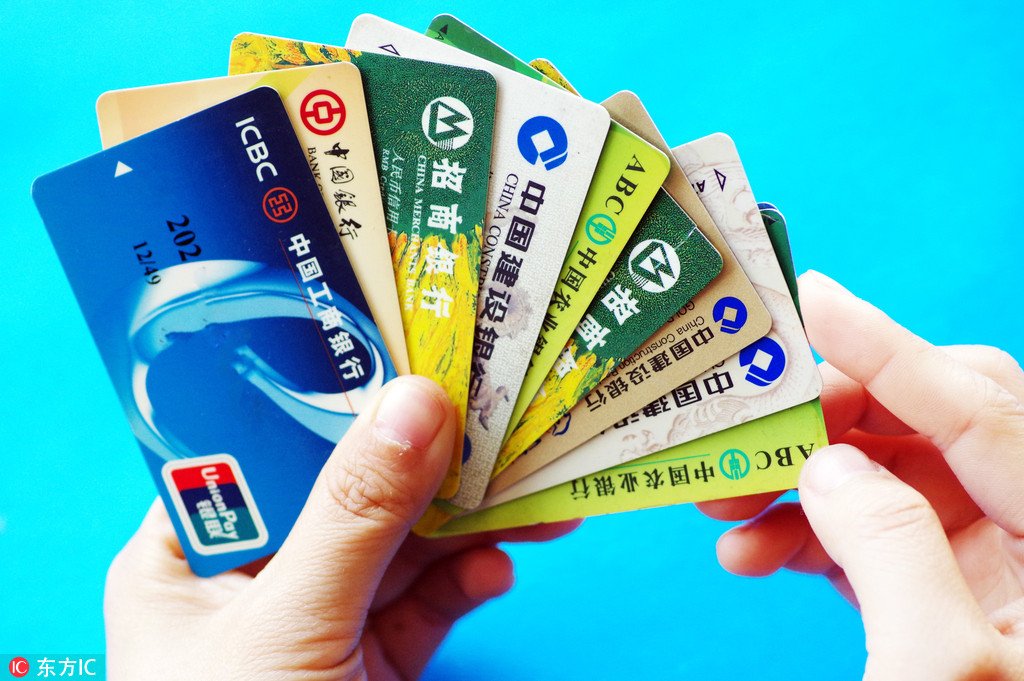The biggest difference between China and the US today explains why China is taking over the global economy
Harrison Jacobs
Jun. 29, 2018, 04:09 PM
has outpaced the US economically, according to a number of economic metrics.
- A Chinese professor who has lived in both the US and China believes there is a core cultural difference leading to the country's diverging paths.
- He believes Chinese people are fixated on economic advancement and business, while Americans are more focused on politics and personal freedoms.
- The difference has led Chinese people to be willing to work longer hours and spend more energy on entrepreneurial activities.
By numerous measures — and in particular
taking into account relative prices of products — China has outpaced the US economically.
A top Chinese business professor who has spent considerable time in both countries believes that a major cultural difference between the countries may be fueling China's economic rise, he told Business Insider.
Dr. Zhang Weining, a
, grew up in China, earned his MBA at Western Kentucky University in Bowling Green, Kentucky, and his PhD at the University of Texas in Dallas.
Zhang, who splits his time between the US and China, said that when he visits villages in rural China, the conversations he hears between villagers, farmers, and other people is about technology, business models, and artificial intelligence.
Meanwhile, when Zhang returns to his former homes in Kentucky or Texas, the dominant conversations both among academic circles and regular people is about the governor, the legislature, or hot button political topics of the day like gun control or abortion. The situation has only exacerbated in the Trump era.
"[Chinese people] only care about this: Who can be richer? What are the ways to get rich legally?," Zhang said. "We argue more about business models and new technology."
Zhang believes the American obsession with politics sucks up energy and time that Americans could spend working on new technologies or developing new businesses.
"When you are only arguing about politics, it does not help your life at all," Zhang said. "No one is paying you for that."
Zhang recognizes that political discussions happen in th US because so much of the culture is based around preserving personal freedom. But, he said, Chinese people are currently focused on a different kind of freedom: the freedom for economic development.
By way of example, Zhang points to the
, or kuaidi, who zip around Chinese cities delivering packages, food, and just about every other convenience you can imagine. Most work 12-14 hours a day, six days a week.
"It's almost unimaginable in the US," said Zhang.
Journalists from the US often come to China and interview the couriers, many of whom are university graduates, about their labor rights. Many couriers lack the rights
like overtime pay, workers' compensation benefits, or insurance in case of accidents.
But what those journalists fail to understand, Zhang went on, is that the couriers want the work, regardless of the long hours and the danger. Couriers can make as much as $2,000 a month after taxes — enough money in China to feed a large family and save for the future.
The obsession with economic advancement isn't limited to those in the service industry, Zhang said. It goes up the economic ladder. Middle class people in white collar jobs like tech and finance work crazy hours as well, either to chase their dreams or chase the status and respect of others, according to Zhang.
"Go visit Tencent's offices at 2 a.m. in the morning and see how many lights are still on and how many employees are still coming out," said Zhang. "All the young people in this country work overtime ... they think if everybody else is going to work eight hours, I'll work 10 hours. And if everyone else is going to work 10 hours, I'll work 12."
Take all of that energy and drive together, according to Zhang, and you have the answer as to why China is developing so much faster than the US right now.



